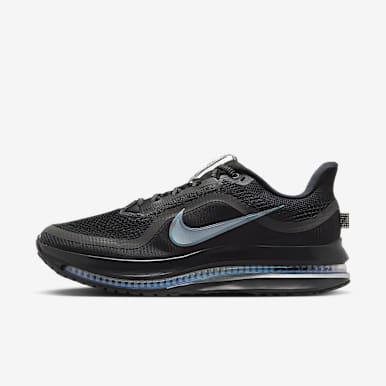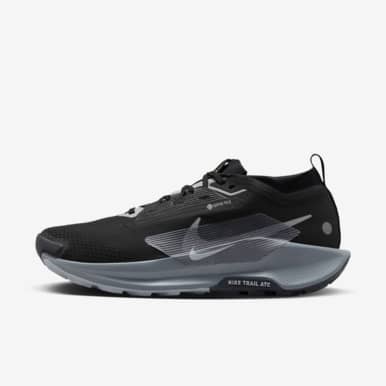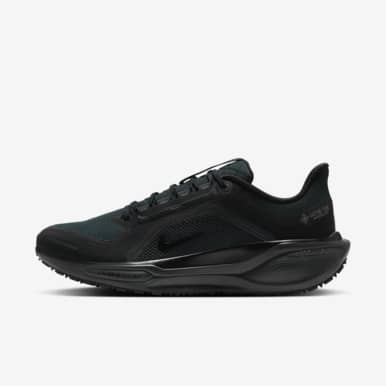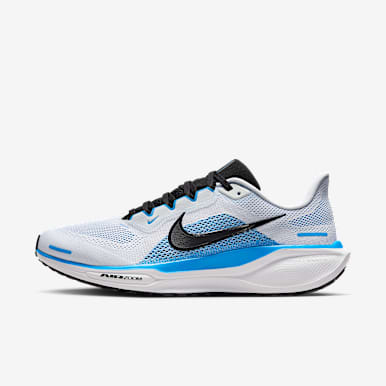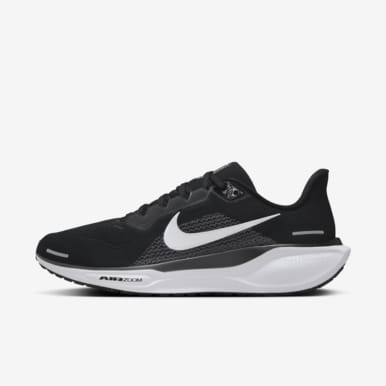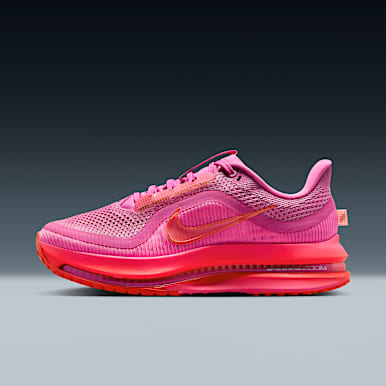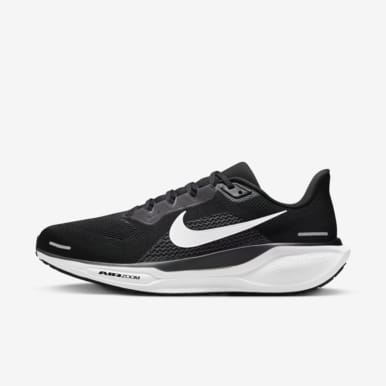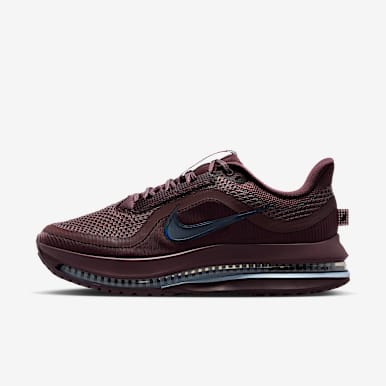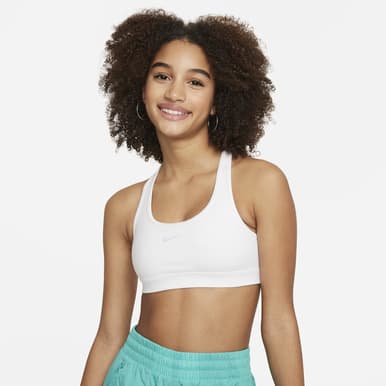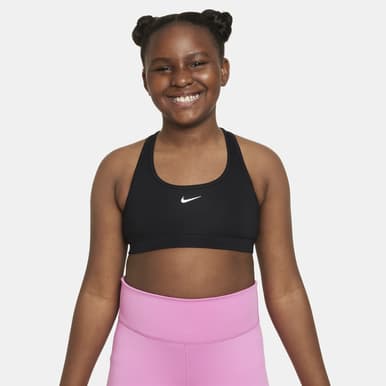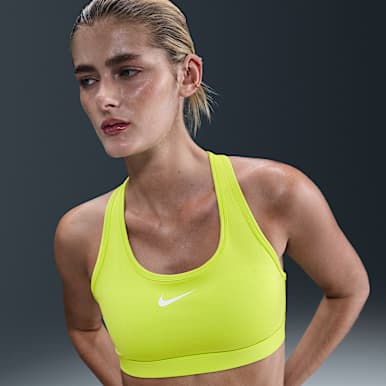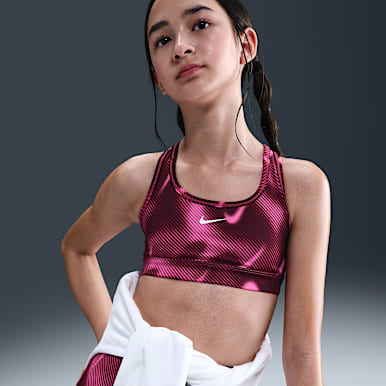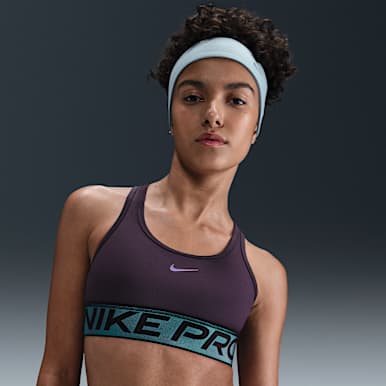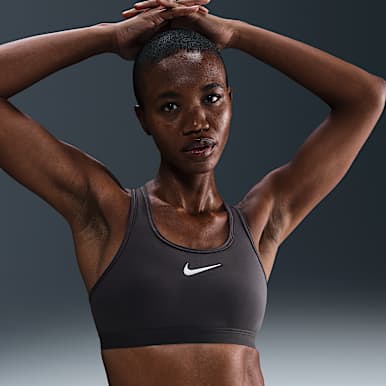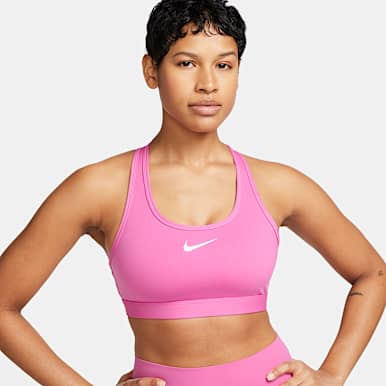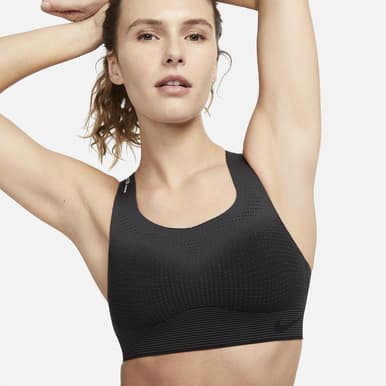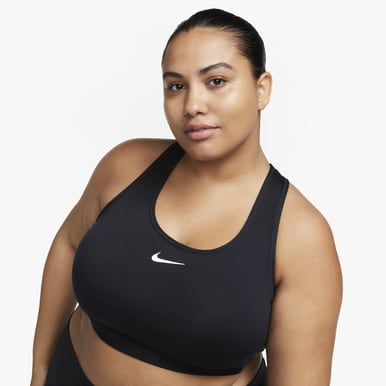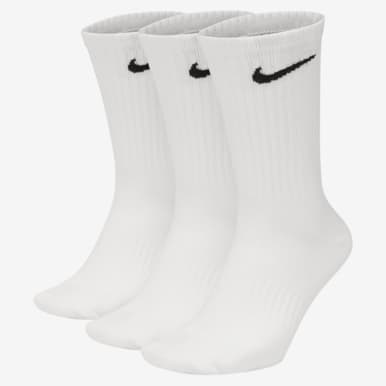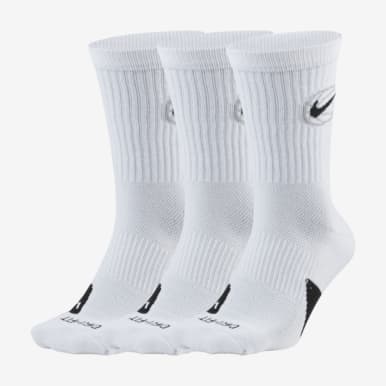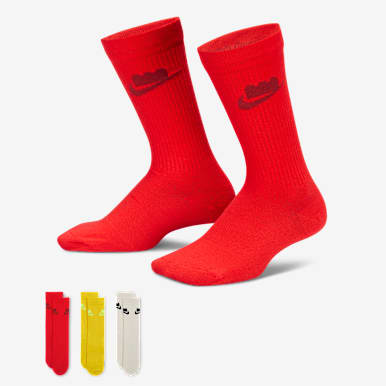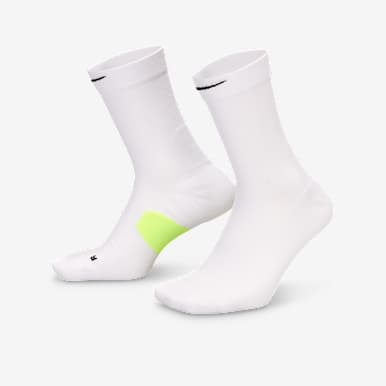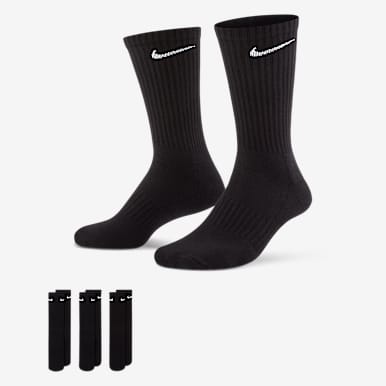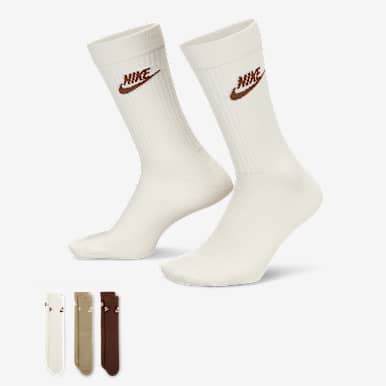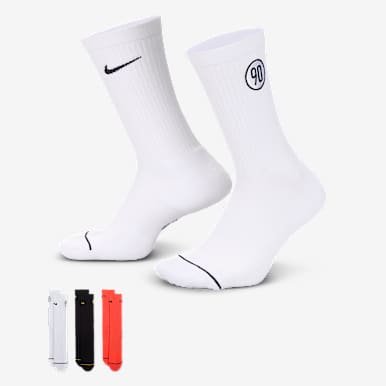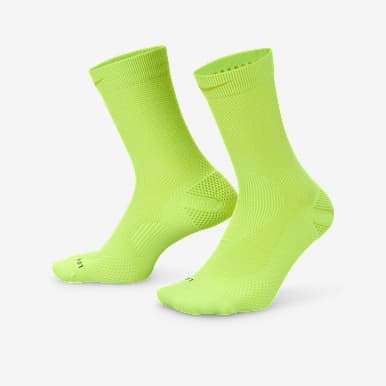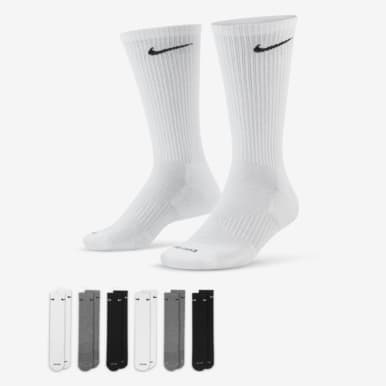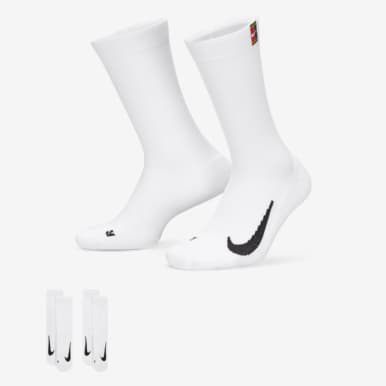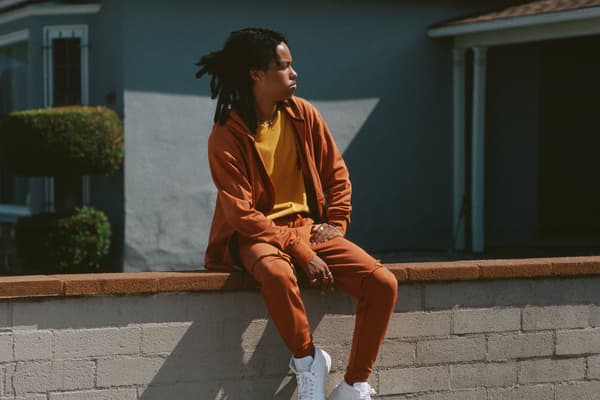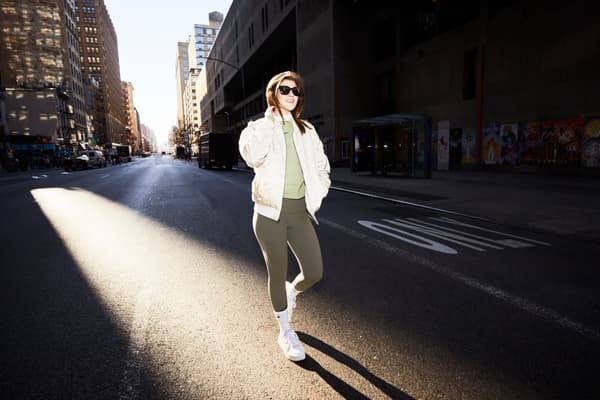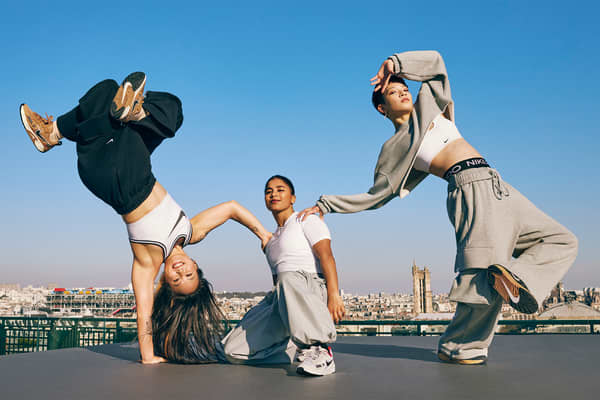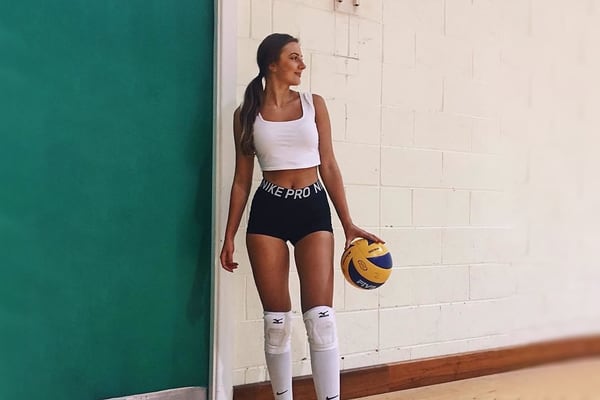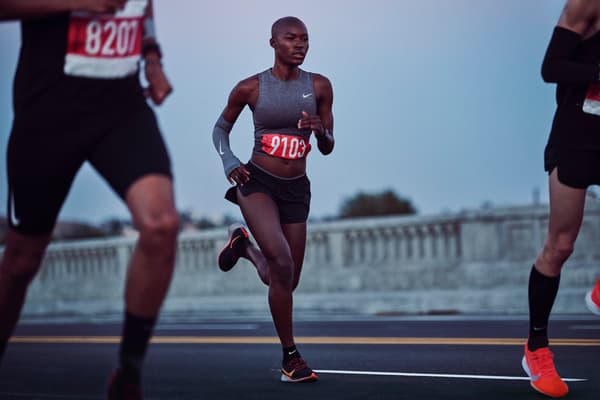What to wear to the gym: 5 outfit essentials
Styling tips
Consider this your personal formula for building a practical—and cute—gym outfit, every time.
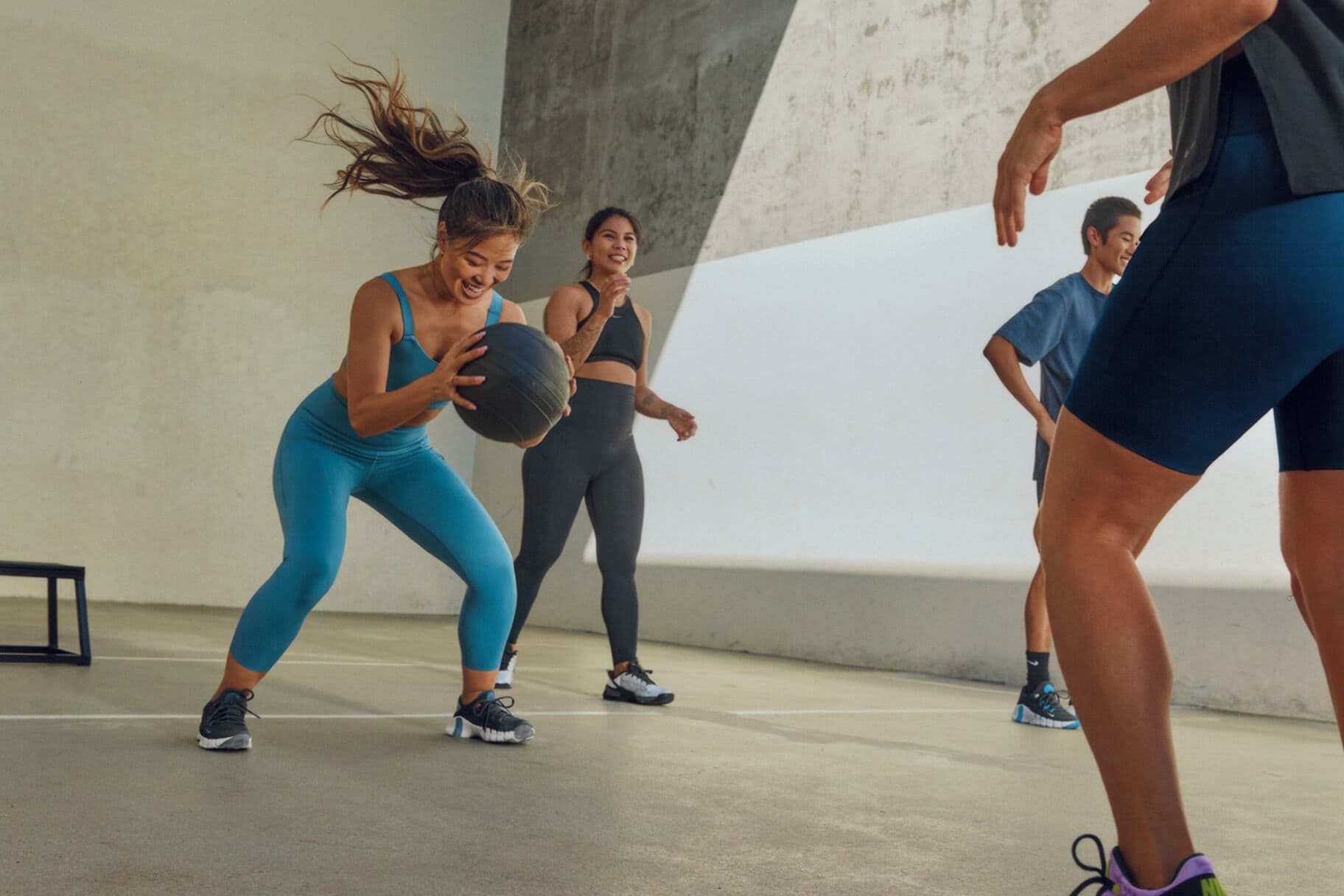
When contemplating what to wear to the gym, there's no shortage of decisions to make. For example, what shoes can help enhance your athletic performance? Does your sweat sesh call for a high-impact sports bra? Do you want to wear loose-fitting workout trousers or compressive leggings? Also, is your top sweat-absorbent?
As you can see, picking out gym clothes largely depends on the workout you're planning to do. Here are gym outfit essentials to help get you started, plus styling tips to help you pull together the look.
What to wear to the gym—your guide to creating cute workout outfits
1. Pick out appropriate shoes

It's easy to grab the same pair of shoes every time you head to the gym. However, having the right pair for your planned activity can be useful to optimise your workout.
For instance, if you're aiming to set a new personal running record for, say, the mile on the treadmill, you might look for a shoe that provides cushioning as well as a bouncy, springy sensation. But, when lifting weights, choosing a shoe that limits cushioning but maximises balance and stability could help support your form and boost power.
For strength or HIIT workout days, consider Nike Metcon shoes. Take the Nike Free Metcon 5 as an example. Key features, such as a wide heel, can help give a stable base, whereas the rubber tread on the bottom of the shoe creates durable traction as you power through your sets. The best part? The shoes are made with Nike Free technology, which enables flexibility for quick movements, like burpees and sprints. From a styling point of view, many Metcon shoes come in multiple colourways, so you can incorporate your personal style into your gym outfit.
If you're planning to hit the treadmill or indoor track, consider Pegasus running shoes. Whether you're going for distance or speed, a shoe like the Pegasus 40 may be your new go-to choice. Why? The supportive shoe is equipped with cushioning to help soften the impact as your feet strike the ground.
Styling tip: If you're looking for maximum outfit versatility, go with the all-white option. Alternatively, opt for a colourful hue if wearing neutral-toned clothing.
2. Select breathable bottoms

Fit and style preferences heavily influence what you choose to wear on the bottom half of your gym outfit. However, selecting shorts or leggings designed with sweat-wicking technology is an absolute must. Options made with Nike Dri-FIT technology, for example, can help to keep you comfortable and dry—whatever the workout.
If you feel most comfortable working out in gym shorts that offer a snug fit around the hips and thighs, try the classic Nike Pro training shorts. (Some of these shorts even have side pockets for easy storage for small items, such as a phone, plus a zip pocket at the back for keys.) For a loose-fitting option, go for Nike Tempo or Nike One shorts—the latter has an extra-high waistband, which pairs seamlessly with a strappy sports bra.
Styling tip: Choose matching colours for a monochromatic or tonal look.
If you're more of a full-coverage gym-goer, check out Nike Go leggings, available in both mid- and high-waisted models. Made with InfinaLock fabric that's both compressive and supportive and with an extra-wide waistband, these leggings are not only ideal for a high-impact sweat sesh, but they also make a statement in the weight room.
Styling tip: Pair with a cropped, moisture-wicking top to accentuate your silhouette.
(Related: 5 ways to style a Nike crop top)
3. Grab a sweat-wicking top

Once you've found your ideal workout bottoms, choose a sweat-wicking top with Nike Dri-FIT fabric to complement it. If your bottoms are high-waisted, try a coordinating cropped top for a snug-fit look. For more coverage, Nike Dri-FIT T-shirts are not only comfortable, but they're also easy to mix and match with a variety of different bottoms—from biker shorts to joggers.
Styling tip: Finish off the look with a lightweight full-zip hoodie on top, or even an oversized hoodie cape for a bit more impact.
4. Find a supportive sports bra

When it comes to choosing a comfortable and supportive sports bra for the gym, there's a lot to consider—from your cup size to how high impact your workout will be that day.
The sports bras in the Nike Swoosh Collection come in a wide range of sizes, all of which fall under the following buckets: low, medium and high support. All of these sports bras are made from a lightweight fabric that elicits a "second skin" feel. In part, this makes it easy to get on and, perhaps even most important, off—even when you're super sweaty. Nike Dri-FIT technology and mesh lining will also help evaporate sweat, so you stay dry and cool.
Styling tip: Have fun with colour-blocking. Wear a solid (and bold-toned) strappy sports bra with a different—but equally bold—coloured tank top to create a peekaboo effect.
5. Finish off the look with accessories

A gym outfit isn't complete without a pair of comfy, cushioned socks. Not only are Nike crew socks breathable, but they're also designed to help wick sweat away from the feet. They also come in a wide range of colours—matching shoe and sock moment, anyone?
Make a pair of black leggings pop with a pair of tie-dye socks and a coordinating top. Alternatively, elevate a black and white look by going for a pair of white socks that feature the classic black Swoosh icon. The options are endless when it comes to your sock-pairing capabilities.
To complete your gym outfit, have fun choosing accessories that are functional but also add a bit of style. For example, consider carrying a cute duffel bag to hold your change of clothes and other post-workout beauty essentials.
Styling tip: Try a colourful headband that helps keep flyaway hairs in place and adds a sprinkle of bright colours to your look.
Frequently asked questions
How do you choose the right sports bra for your workout?
The Nike Swoosh Sports Bra Collection comes in three different levels of support, enabling you to find your perfect fit and feel. (There are 27 sizes available, going up to a 3X or an F–G cup.) For low-intensity workouts, a light-support sports bra may be sufficient. However, for workouts like running or HIIT, a medium- or high-support sports bra may feel more secure. Nike Dri-FIT technology and a mesh lining will also help evaporate sweat and keep you dry and cool.
What should a workout outfit include?
Whatever the workout, it's essential to wear supportive undergarments such as sweat-wicking bottoms like leggings or shorts and a compressive sports bra, for instance. Accessories like cushioned crew socks and headbands or hats aren't just functional—they also make a statement. Don't forget to pack a couple of layers (think: an extra sports bra, top, socks and bottoms) into your duffel bag or backpack to change into after the workout is over.
Words by Kylie Gilbert
